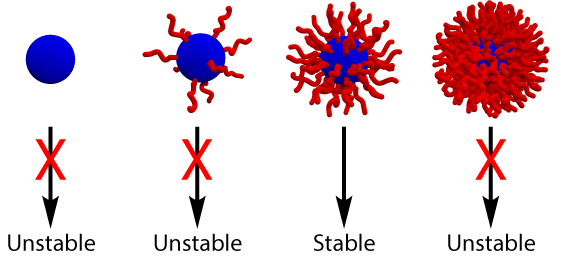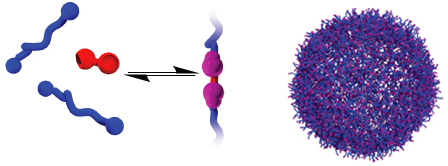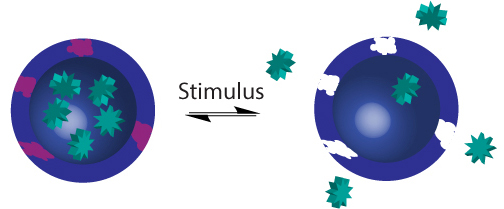In the design of polymer materials for biomedical applications, one of the perennial challenges is to develop new materials that are able to respond to changes in their environment. The approach that we favor is based on the use of either non-covalent or dynamic covalent linkages as crosslinking points. The polymer networks formed in this manner are dynamic and addressable, i.e. those networks are able to form, brake, or reshuffle their crosslinking points in response to environmental, physical or chemical cues. When this type of crosslinked network is formed in an emulsion, dynamic and responsive nanocapsules are designed.



